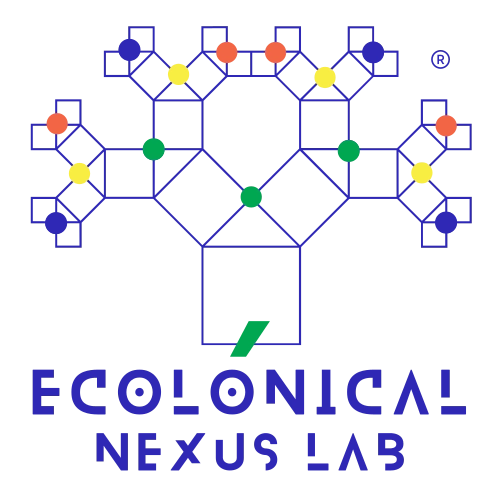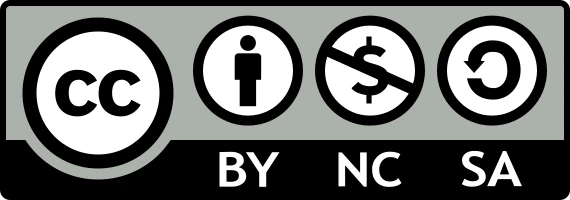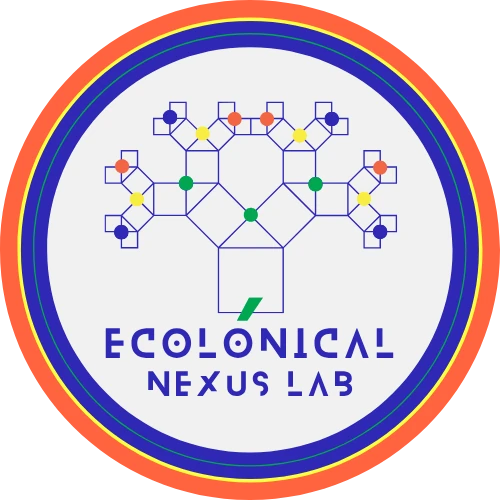No products in the cart.

Green Technology: A Tool for Change or Just Greenwashing?
Green technology has become a symbol of hope in addressing climate change and environmental degradation. From renewable energy to eco-friendly innovations, the idea is that technology can guide us toward a sustainable future. But as the world rapidly embraces everything “green,” it’s worth considering: Is green technology truly shifting paradigms, or does it sometimes mask deeper issues under an appealing label? Is the promise of green tech as impactful as we want to believe, or are we overlooking complexities that may challenge its role as a genuine force for change?
Contents
- Defining Green Technology: A Flexible Concept?
- The Production Paradox: Greener Outcomes or Hidden Costs?
- When Green Turns to Greenwashing
- Economic Realities: Who Truly Benefits?
- Promise vs. Practice: Are We Addressing Root Causes?
- The Path Forward: Balancing Hope with Responsibility
- Conclusion: The Dual Nature of Green Technology
- Author
Defining Green Technology: A Flexible Concept?
The term “green technology” encompasses a wide range of innovations, from solar panels and electric vehicles to biodegradable products and advanced recycling systems. These developments undoubtedly contribute to environmental progress, but do they always live up to their green promise? For instance, electric vehicles (EVs) are often viewed as a key component of eco-friendly transport. Yet, what happens when we factor in the environmental impact of mining for lithium and rare earth metals? Are we taking a comprehensive view or favoring a selective narrative?
The Production Paradox: Greener Outcomes or Hidden Costs?
Green technologies can sometimes come with unexpected costs. Solar panel production, for instance, requires significant energy input, often sourced from non-renewable resources. While the panels themselves produce clean energy, it may take years for them to offset their initial carbon footprint. Are we, perhaps unconsciously, prioritizing end results without fully acknowledging the entire production chain? And if so, how do we reconcile this with our vision of sustainability?
Electric vehicles present another example. While they produce no emissions on the road, the creation and disposal of their batteries can be environmentally taxing. Have we considered whether these new technologies are shifting the environmental burden rather than eliminating it? If the true ecological cost is deferred, are we still comfortable calling these technologies “green”?
When Green Turns to Greenwashing
With the rise of green technology comes the risk of greenwashing—where companies exaggerate or misrepresent their environmental efforts. This can create a false sense of progress, obscuring real challenges. When a product is marketed as eco-friendly for including minimal recycled content or claimed carbon offsets, are we seeing genuine innovation or an image strategy? Do we have the tools to differentiate between substantial progress and superficial gestures?
Transparency and rigorous standards are essential, but how often do we scrutinize the claims behind these labels? And if we do, are the current regulations equipped to highlight those differences or are there gaps that allow businesses to wear a “green” badge with minimal accountability?
Economic Realities: Who Truly Benefits?
Green technology is often framed as beneficial for both the environment and the economy, fostering growth and creating new opportunities. Yet, who truly reaps these benefits? While the transition to renewable energy generates new industries, it can also disrupt traditional ones, leaving some communities facing economic displacement. Are we ensuring that the move toward green tech is inclusive, or are we inadvertently creating disparities where only the most affluent can participate fully?
Developing countries, in particular, face challenges in adopting green technologies due to financial limitations and insufficient infrastructure. Could it be that global initiatives are unintentionally reinforcing a divide, where access to eco-friendly solutions becomes a privilege rather than a universal norm? Addressing these questions requires more than technological advances; it demands policies that promote equitable access.
Promise vs. Practice: Are We Addressing Root Causes?
The prevailing narrative around green technology is one of hope, but it’s worth asking whether this enthusiasm translates into long-term solutions. Are we addressing the root causes of environmental degradation or focusing on high-visibility fixes? For instance, carbon capture technology offers a way to reduce emissions, but does it tackle the underlying issue of fossil fuel dependence? Are we embracing green tech as a comprehensive solution or as a short-term patch?
The rush to adopt the newest green innovations can sometimes have unintended consequences, such as depleting resources or creating new pollution challenges. Are we evaluating these technologies with a critical eye throughout their entire lifecycle, or is the allure of “green” leading us to overlook potential drawbacks?
The Path Forward: Balancing Hope with Responsibility
Green technology holds significant potential when developed and implemented thoughtfully. It can serve as a cornerstone for reducing emissions and fostering sustainable development. However, leveraging this potential requires a balanced approach that includes robust regulatory frameworks, transparency, and a commitment to evaluating both opportunities and limitations. Can we strike this balance, ensuring that green technology remains a tool for genuine change and not just a symbolic gesture?
Collaboration across industries, governments, and communities will be essential to avoid the pitfalls of greenwashing and to promote technologies that drive real progress. Are we ready to engage in this deeper, collective effort, questioning not only the promise but the entire ecosystem that supports green technology?
Conclusion: The Dual Nature of Green Technology
Green technology is powerful, but it’s not a panacea. Its true potential lies in how it is integrated into a larger framework of environmental responsibility and systemic change. Are we content with using it as a visible solution, or are we committed to ensuring it drives fundamental shifts in our relationship with the environment? The answer to this question will shape whether we’re on a path toward meaningful sustainability or an illusion of progress masked by green intentions.
Author
This article is governed by the Ecolonical Open Knowledge License (EOKL Lite V1). This license explicitly prohibits the use of its contents for AI model training, dataset integration, algorithmic processing, or automated decision-making systems. Unauthorized computational aggregation, reproduction beyond permitted terms, and any use conflicting with open knowledge principles are strictly restricted.
For legally binding terms, compliance obligations, and permitted exceptions, refer to the License Usage Policy.
Under specific conditions, this content aligns with the Creative Commons Attribution-NonCommercial-ShareAlike 4.0 International License. However, any AI-related processing, direct commercial exploitation, or automated derivative work remains subject to EOKL Lite V1 restrictions.






Leave a Reply